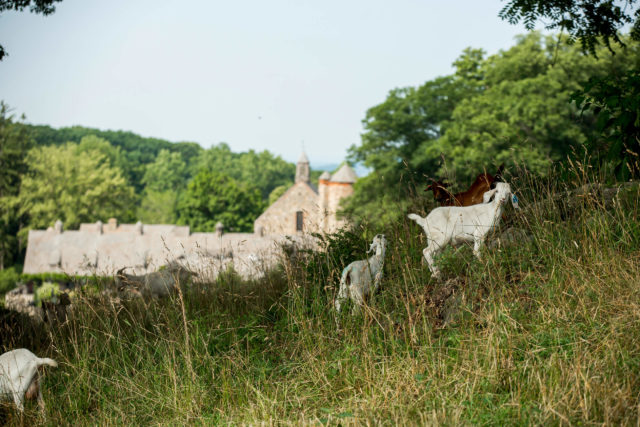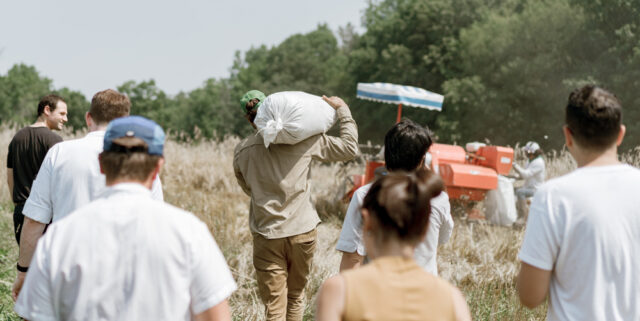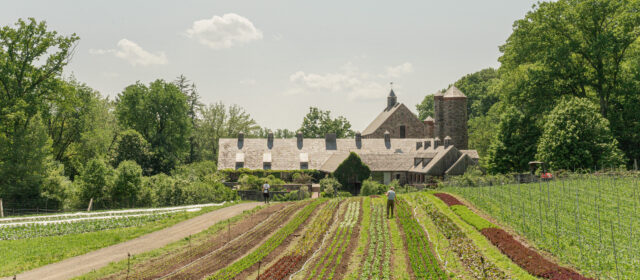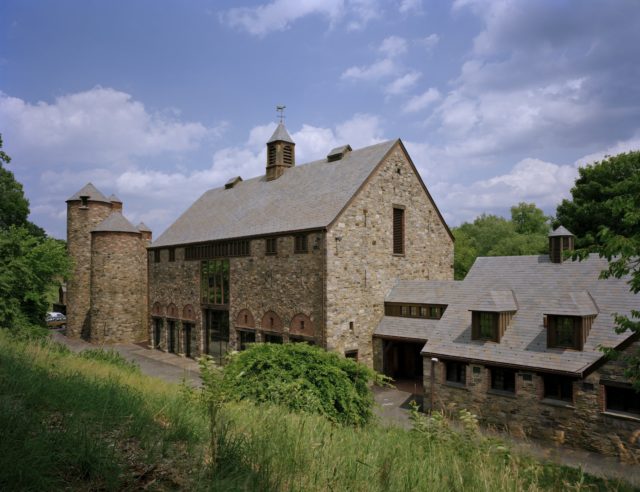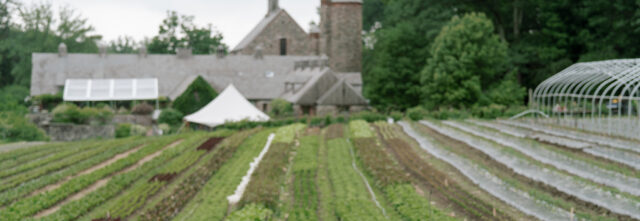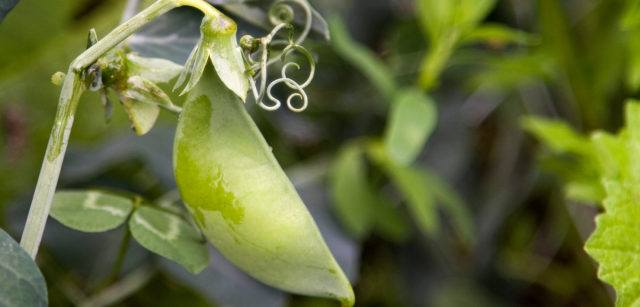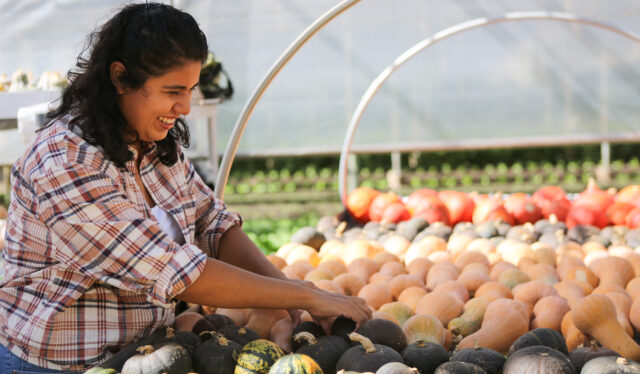“Pruning is one of those things,” Field Foreman Max Apton says, “If you ask 100 farmers how to prune a tomato plant, you’ll get 100 answers.” Every plant, just like the farmers who grow them, is an individual, with different needs. Here, Max describes the process of tomato pruning in practice at Stone Barns.
Why prune? Pruning a tomato plant can help promote fruit growth and better air circulation.
When to prune? Always prune on a sunny day with a good forecast. Anytime you cut into a plant, it’s as if you are creating a tiny wound. Those wounds act as paths to infection and can make the plant vulnerable, so it is best to wait for dry, sunny conditions.
Here are some key tomato pruning terms:
Leaders—Leaders grow in a y-shaped pattern. From leaders grow leaves, sepals, flowers and fruit.
Sepals— Sepals grow from the top growth of leaders and fruiting branches that shoot off the main stalk; they produce flowers and then fruit.
Suckers—Suckers grow at a 45-degree angle from where lateral growth meets the stalk.
Lateral growth—Lateral growth usually grows at a 90-degree angle from the stalk, and only produces leaves, no flowers or fruit. This growth is the photosynthesizing powerhouse of the plant.
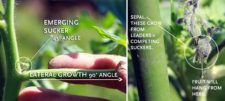
Max and his team prune tomato plants to at least two leaders. This way, the plant’s energy is more focused to allow for greater fruit production. This selection is always done based on the plant’s strengths. Often times, the visibly strongest growth makes for distinct leaders, but sometimes farmers have to pick and choose leaders. (Some farmers choose one leader, some may choose more.)
To begin, Max starts inspection of each plant at its base, and works his way up. Aside from the task at hand, pruning time is a good time to assess the overall health of the plant. From the base, Max will remove any lower leaves that look browned or show any sign of disease.
To ensure the success of the chosen leaders, Max prunes any sucker growth that will compete for energy. There is no need to prune lateral growth unless the plant is extraordinarily cluttered with growth or it is interfering greatly with harvest.
TIPS FOR PRUNING
- Make sure your pruning shears, or knife are SHARP and CLEAN to avoid any rough cuts, and any transfer of disease. You can use hydrogen peroxide as a sanitizer if working with diseased plants.
- When pruning any growth, make a clean cut about 1/8-inch from the stalk.
- Remove any discarded plant material from the area of your beds to reduce the risk of infection or pathogen growth.
- Never prune more than 1/3 of the plant’s growth. This amount of pruning is a shock to the plant and may weaken it.


Originally published on July 25, 2013





